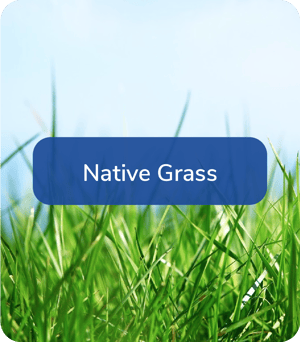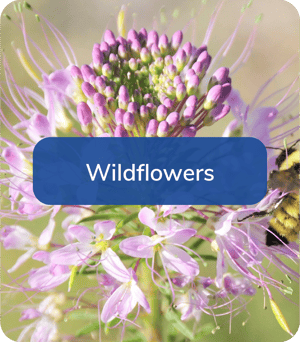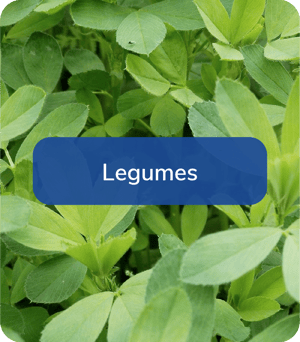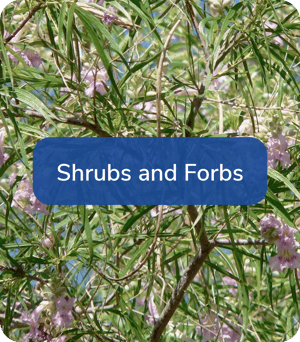A Closer Look at
Carbon Sequestration in
the Agricultural Industry
What is Carbon Sequestration?
Let’s start with the basics: what is carbon sequestration and why should you care about it?
Carbon sequestration is the process of capturing and storing atmospheric carbon through plants, soils, and the ocean. This method is done both naturally and by human effort to reduce the effects of carbon emissions that have the potential of becoming carbon dioxide gas.
As the concern of global warming increases along with the growing rates of carbon dioxide in the atmosphere, so has the interest in carbon sequestration.
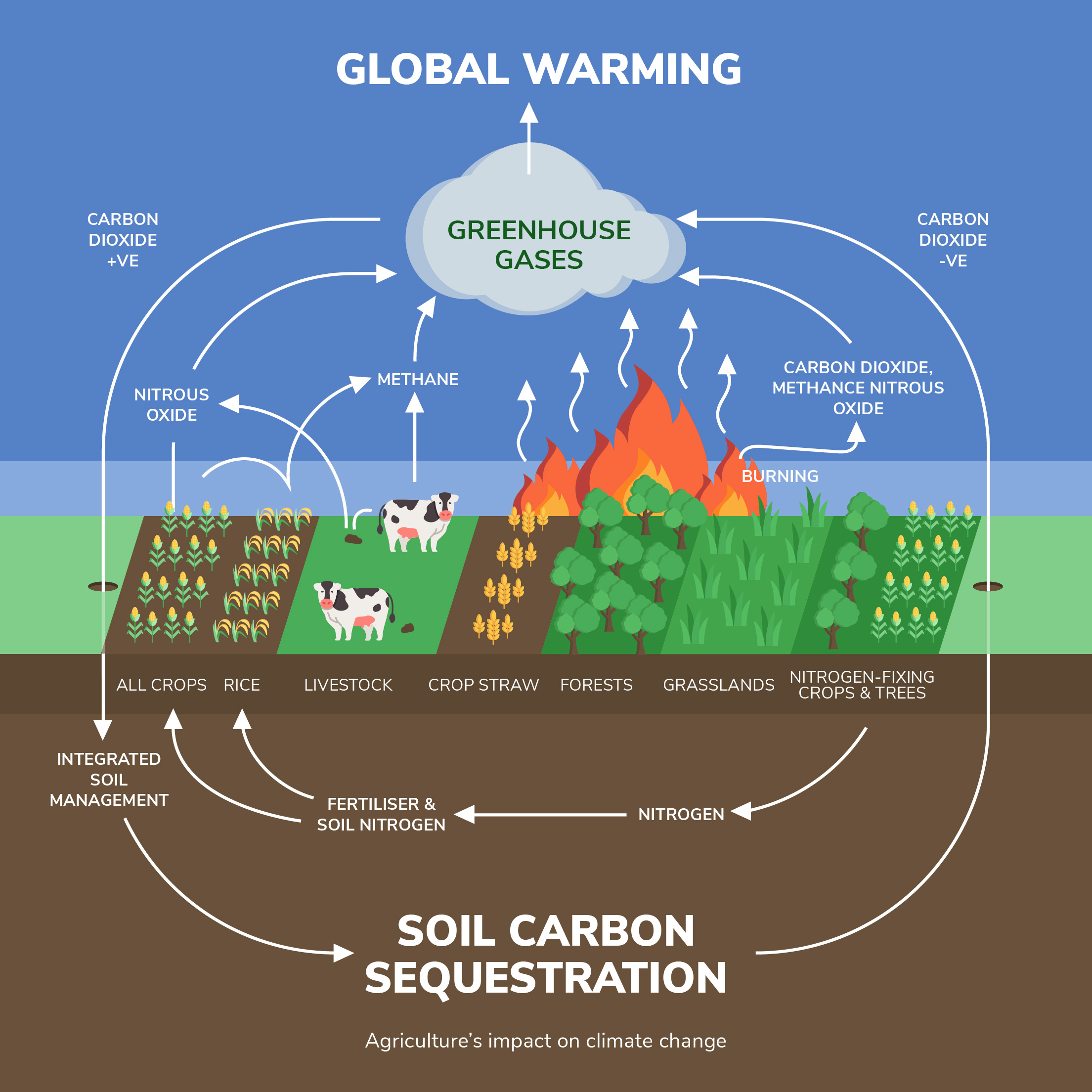

Causes of carbon emissions
Carbon dioxide is a greenhouse gas that absorbs infrared radiation from the Earth’s surface and releases it as it rises into the atmosphere. As a result, the average temperature of Earth’s lower atmosphere rises, creating the process we know to be global warming.
Carbon is stored as organic matter in plants and soils on land and in water, and can be released as carbon dioxide as a result of human activity, including:
- Burning of fossil fuels
- Operating machinery
- Deforestation
In addition to human-caused emissions, there are natural ways that carbon dioxide is released too, like breathing and the decomposition of plants and animals.
Agricultural impacts on carbon emissions
According to this study from the American Farm Bureau Federation, in 2019 the agriculture industry made up for 669 million metric tons in CO2 in the US alone. The largest source of emissions comes from soil management practices, such as fertilization and tilling. The second comes from livestock-related emissions.
This information shows us that the way we care for our farms, ranches, and pastures matters. The impact of the agriculture industry reaches far beyond the yields you produce by the end of a growing season – it’s making it all the way to the Earth’s atmosphere.
The value in planting quality seeds
When invasive species, or non-native plants, grow on your land, they can pose serious environmental threats to your crops and surrounding habitats. In fact, the U.S. Forest Service classifies invasive seed species as one of the four main threats to the nation's forests and grasslands. Learn more about protecting your land from invasive seed species here.
When it comes to improving soil quality and increasing fertility and sustainability on your land, there’s no substitute for high-quality seed. Quality seed is essential for growing healthy plants that store carbon and support land restoration, reclamation, and conservation.
Leaving the land better than we found it
At Curtis and Curtis Seed, we’re committed to producing quality seeds and have spent over 65 years making our mark in the global seed market. Our mission behind every seed is to leave the land better than we found it, not just for us but for the generations to come.
We can locate virtually any product available on the global market and offer personal consulting to ensure every customer makes the most of their seed investment. For us, success isn’t just in a successful sale, but in a strengthened partnership with you, earning your trust, and bringing life back to your land.


